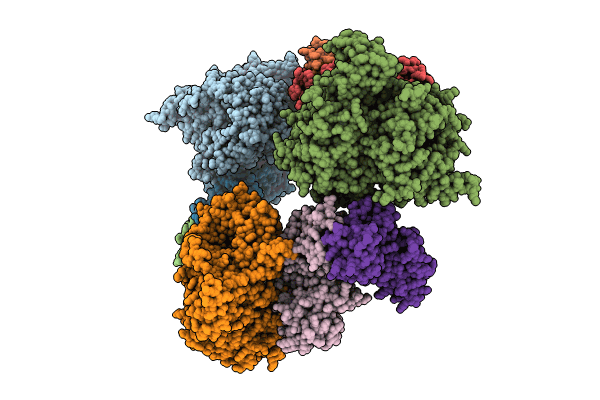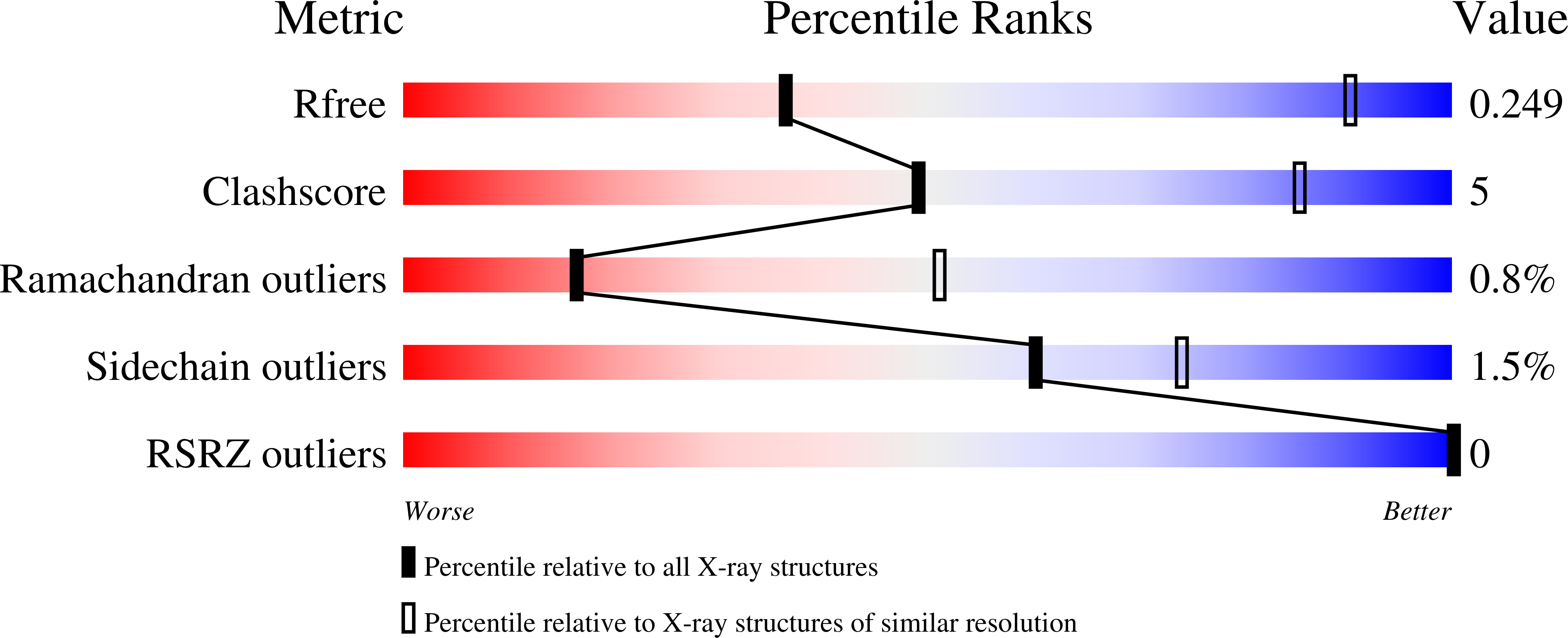
Deposition Date
2024-06-07
Release Date
2024-10-16
Last Version Date
2025-04-30
Entry Detail
PDB ID:
9FMR
Keywords:
Title:
Structure of DDB1/Cdk12/Cyclin K with molecular glue SR-4835
Biological Source:
Source Organism:
Homo sapiens (Taxon ID: 9606)
Host Organism:
Method Details:
Experimental Method:
Resolution:
3.90 Å
R-Value Free:
0.24
R-Value Work:
0.20
R-Value Observed:
0.20
Space Group:
P 31 2 1


